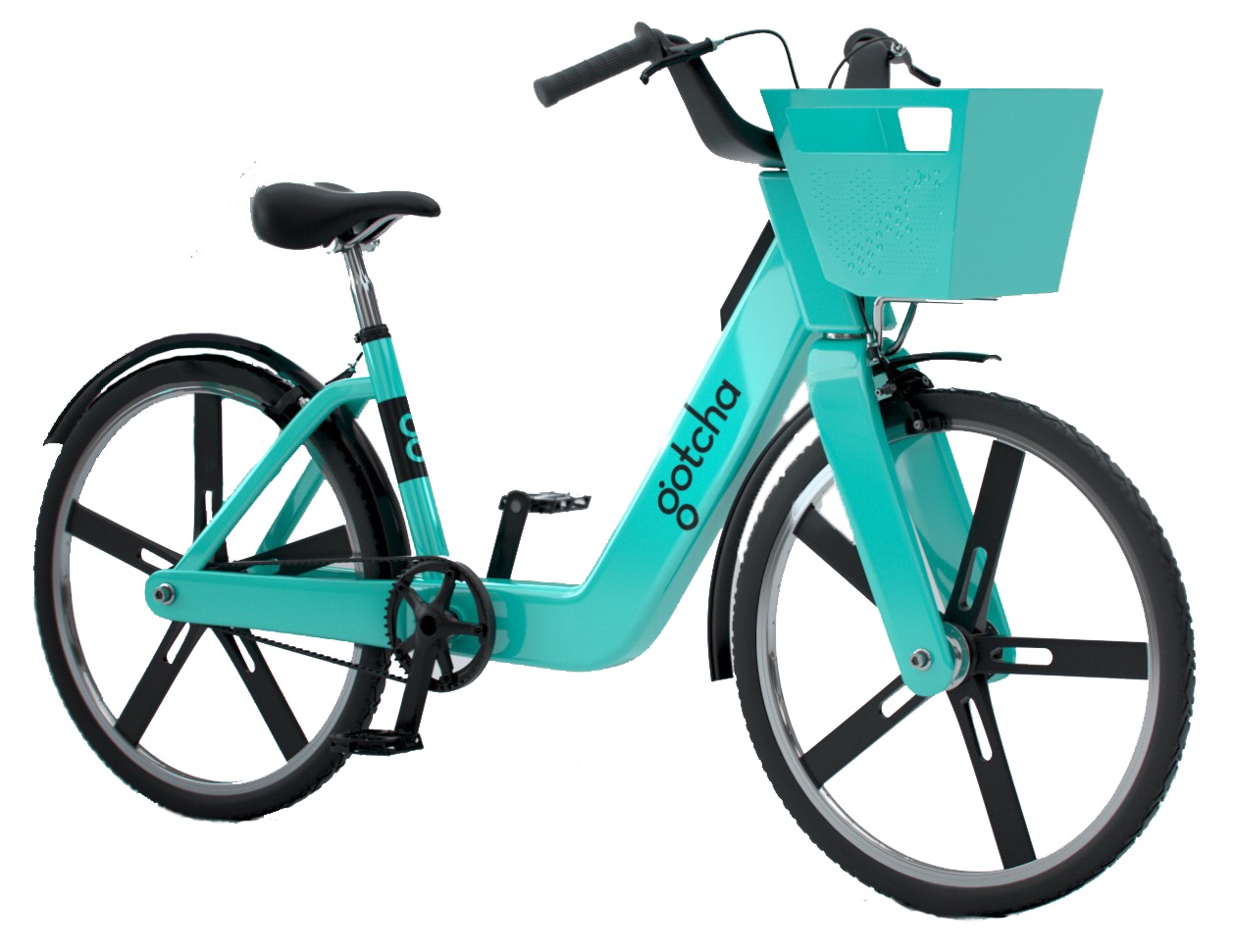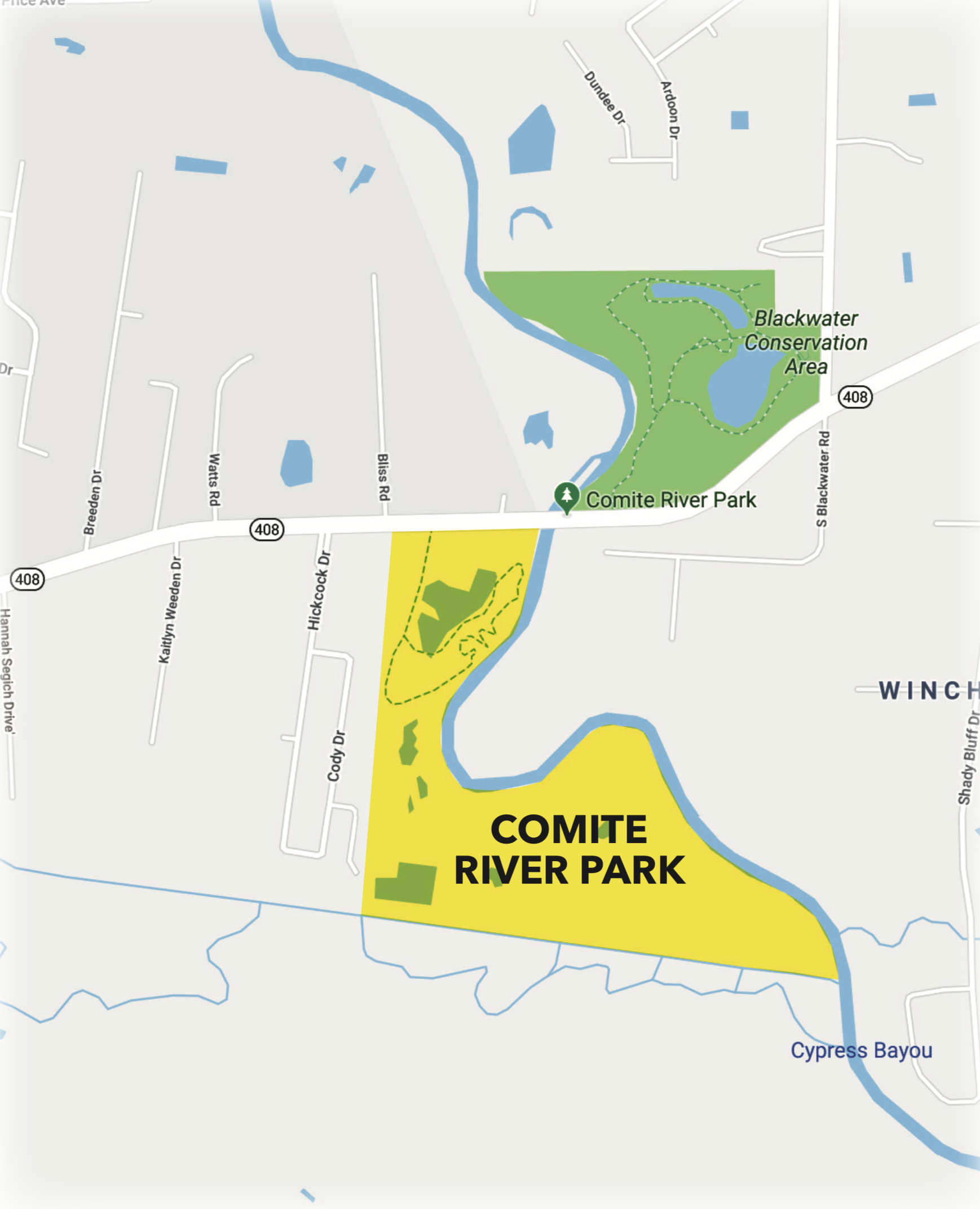
The city’s bad rap for bike safety is only encouraging enthusiasts to put more riders on the streets
Dustin LaFont knows an elementary school kid who rides his bike a mile and a half to school every day. He knows another high schooler who bikes to get to his after-school job at Popeyes.
When many of us think about biking, we think about fitness or recreational fun. But LaFont, who owns Front Yard Bikes, sees children of all ages who depend on bikes to get around.
For lower-income adults in Baton Rouge, biking is also a way to get to work and move upward economically.
|
|
“You can do so much more when you’re not dependent on your own two feet and a bus pass,” LaFont says.
His Front Yard Bikes nonprofit, which helps inner-city youth learn how to build and maintain their bikes, moved to Mid City last year—an area of the city already on the forefront of creating a bike-riding culture.
But biking in Baton Rouge still comes with risks. Since 2015, the parish has had 11 fatalities involving cyclists. Louisiana on the whole was recently ranked as the second most deadly state for bike riders by a Wall Street Journal report. From 2007 to 2016, the state had a rate of 3.9 deaths per 100,000 people.

A high-profile death this summer brought more attention to the issue: Baton Rouge Councilman Buddy Amoroso was killed by a driver while riding his bike in West Feliciana Parish. Amaroso was an avid cyclist who used his political platform to advocate for bike safety.
Thousands of people here ride bikes as their main form of transportation, and tens of thousands more ride occasionally, according to Bike Baton Rouge President Doug Moore.
Some areas of Baton Rouge are bike-friendly, Moore explains, but they are separated by long stretches where riders are forced to share roads that aren’t built for alternative transportation.
“The issue is connecting those neighborhoods with a network,” he says. “We have a lot of barriers, and most of those barriers are arterial roads—Florida, Airline, Perkins—that have a lot of traffic that moves very fast. There’s often not any way to cross them if you’re walking and biking, and that’s a challenge.”
BREC, which is responsible for making bike trails around the city, has been working on several solutions, including the Capital Area Pathways Project and the East Baton Rouge Pedestrian and Bicycling Master Plan. One of the project’s initiatives is to improve connectivity between bikeable areas in the city by finding sections of road where they can install designated bike lanes, shared lanes or add completely separate bike trails. Eventually, the plan would create a full loop around the parish.
Bike Baton Rouge is participating in that citywide planning process, which is still in its early stages. Once the plan is completed, they’ll seek funding and other requirements for turning the plan into a reality.
One of the biggest hurdles is that Baton Rouge’s motorists just aren’t used to sharing the road, and even crosswalks for pedestrians are few and far between. As Baton Rouge BikeShare Executive Director Lindsey West says, “We have built our communities to be car-centric.”
That could be slowly changing, between the city’s planning and a new BikeShare program that is likely to put more cyclists on the roads.
Funded through the Baton Rouge Area Foundation, the BikeShare program will station 500 bikes at 50 locations around downtown, LSU and Southern University as part of its first phase in March 2019. Future phases will put bikes in Mid City and the Health District on Essen Lane and Bluebonnet Boulevard.
While bike sharing programs currently exist in a few places around Louisiana, this will be the state’s first program with electric pedal-assist bikes or “e-bikes.” Riders will pedal as usual, but be able to travel faster and more easily up hills.
While prices are not yet finalized, there will be annual membership packages and prices for one-time use. Prices will be lower for shorter usages, and student discounts will be available.

Other bike sharing programs popping up across the state and country signal a national movement toward bike usage and safety. There’s strength in numbers, West says. More people riding will force drivers to be more cautious.
“The No. 1 reason that people don’t bike is that there’s no safe place for them to bike,” she says. “We’re creating demand for people on bikes. It’s really hard to ignore that at some point.”
West is also working on the city’s master plan, and sees both initiatives working in tandem to increase bike ridership and visibility. She says the master plan is the first step in acquiring federal dollars to implement better connectivity around the city. “We need a plan to move that needle if we want any chance of moving it,” West says.
Similar to the BikeShare program’s focus on university areas in its first phase, the city’s master plan also has to take into account increased bike usage around campuses.
Moore cites several measures LSU has already taken, such as closing off certain streets to outside traffic and installing bike racks around campus. However, for the campus to truly be safe for bicyclists, he says, they’ll need cooperation on the government level, particularly with new developments on Highland Road and Burbank Drive that have more students crossing the busy streets on foot or on bikes.
“In [LSU’s] land-use master plan, they call for eliminating a lot of on-street parking on campus and moving that to the periphery and installing bike lanes instead—having a bike lane network,” Moore says. “That’s going to be huge.”
Building more bicycling infrastructure will also increase the number of cyclists in the area, which will in turn have a domino effect on the city as a whole, he says.
“We truly do believe that the more people ride, the happier they are, and there’s a lot of data out there to support it,” Moore says. “The happier people are, the better the city is. More people will want to come here and bring with them all their talents, ideas and money. It essentially pays for itself. We just have to want to do it.”
CARVING NEW PATHS
Some places where the city is working on bike lanes and separate bike trails:
• The Downtown Greenway: Adding to the existing North Boulevard stretch with an extension down East Boulevard to Expressway Park.
• The levee path: Continued work to complete the 12.5-mile stretch between downtown Baton Rouge and L’Auberge Casino & Hotel.
• Downtown to north Baton Rouge: BREC received a grant last year for a bike path from Memorial Stadium to Scotlandville Parkway, with the second phase linking back to the Downtown Greenway.
Find out about BREC’s Capital Area Pathways Project at brec.org, the city’s master plan for bike-riders and pedestrians at ebrpedbike.org, Bike Baton Rouge at bikebr.org and Front Yard Bikes at frontyardbikes.com.
OFF-ROAD RARITY
Mountain biking in Baton Rouge? It’s an under-the-radar thrill

When Jason Huckaby, public relations officer of the Baton Rouge Area Mountain Bike Association, first started riding BREC’s Comite River Park trail on Hooper Road in the mid-’90s, the trail didn’t have its own parking lot. He and his friends would have to ride a 3-mile connection before they even got to the trail. Since they were inexperienced riders, many of them got injured along the way and stopped riding.
Decades later, Huckaby was bored of the treadmills at his gym and decided to hop back on the mountain biking trails. It wasn’t long before he got involved with BRAMBA, which has been around since 1992. Riding the trails weekly with other members, he met some of his best friends. “I honestly feel like I have a giant group of friends, and that’s just awesome,” Huckaby says.
The organization promotes safety and accessibility in what can be seen as a thrill-seeking hobby. They organize group rides for riders of all skill levels.
With parts of the state below sea level, you wouldn’t expect Baton Rouge to be home to a decent mountain biking trail. But Huckaby swears the Comite Park trail is the city’s best-kept secret.
“Because of the geology, that section of Baton Rouge is perfect for a mountain biking trail,” he says. “There are people from all over the country that are like, ‘You have a trail like this in Baton Rouge?’ So we’re also trying to get out the word to new riders.”
BRAMBA members meet for two weekly rides at 5:30 p.m.—the 13-mile Tuesday Superloop for intermediate and advanced riders and the Thursday Casual Group Ride good for riders of all skill levels. bramba.org
This article was originally published in the December 2018 issue of 225 Magazine.
|
|
|
